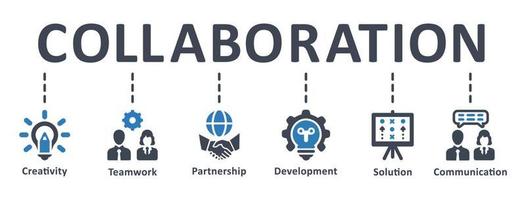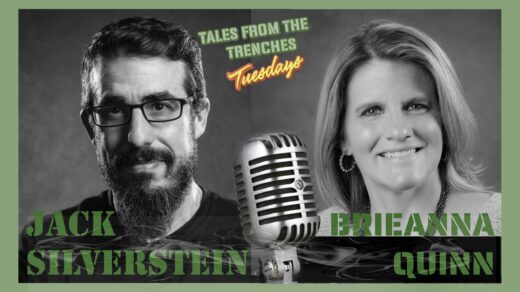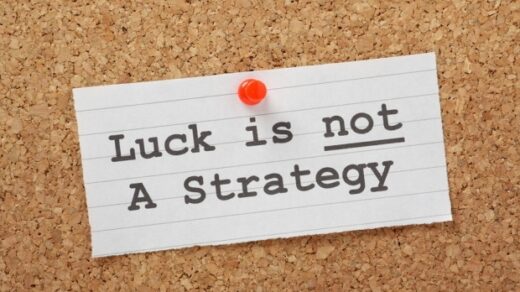
Collaboration is a fundamental aspect of achieving success in the non-profit sector. As non-profit organizations strive to make a positive impact on society, working together with professionals from various disciplines becomes crucial. The power of collaboration lies in the ability to combine diverse expertise, perspectives, and resources to maximize impact. When fundraisers collaborate with non-fundraising professionals, such as lawyers, accountants, and financial planners, the potential for creating meaningful change is significantly enhanced.
Understanding the role of non-fundraising professionals in maximizing impact
Non-fundraising professionals play a vital role in maximizing the impact of non-profit organizations. And collaboration is key. Everybody has their own role to play. Fundraisers focus on securing financial support for their causes. Non-fundraising professionals bring a unique set of skills and knowledge to the table. Lawyers, for example, can provide legal guidance on charitable giving, ensuring that donors’ contributions are in line with the law. Accountants and financial planners can assist in developing effective strategies for managing funds and investments. As well they can optimize the financial health of the organization. By recognizing these unique values, fundraisers can form powerful alliances that benefit both the organization and its donors. I mention this concept in a previous post.
Collaboration: Building relationships with lawyers, accountants, and financial planners
To unlock the power of collaboration, fundraisers must actively build relationships with non-fundraising professionals. Establishing trust and rapport is key to fostering successful partnerships. When reaching out to lawyers, accountants, and financial planners, fundraisers should highlight the shared goal of making a positive impact on society. Emphasizing the importance of philanthropy and the role that these professionals can play in facilitating it can greatly motivate them to get involved. Additionally, fundraisers should emphasize the potential benefits that collaboration can bring to their clients’ best interests. By working together, professionals can ensure that donors’ motivations, tax planning, and financial goals are aligned, ultimately leading to more thoughtful and generous contributions.
Exploring giving vehicles and the nuances of appropriate giving strategies
When working with non-fundraising professionals, it is essential to explore the intricacies of giving vehicles and appropriate giving strategies. Fundraisers should collaborate with lawyers, accountants, and financial planners to understand the legal and financial implications of different options. For example, certain giving vehicles may be more appropriate for individuals who prioritize long-term impact. Others may be better suited for donors concerned with immediate tax benefits. By considering the nuances of each giving vehicle and tailoring strategies to individual donors’ needs, fundraisers and non-fundraising professionals can maximize the impact of each donation. This thoughtful approach ensures that donors’ intentions are respected, while also aligning with the organization’s objectives.
Case studies of successful collaboration between non-fundraising professionals and fundraisers
Examining successful collaborations between non-fundraising professionals and fundraisers can provide valuable insights into the power of collaboration. In one case study, a financial planner worked closely with a fundraiser to identify opportunities for clients to make charitable contributions while optimizing their retirement plans. By aligning philanthropic goals with financial planning objectives, the clients were able to make significant contributions to a non-profit organization, while also securing their own financial future. In another case study, an accountant collaborated with a fundraiser to develop a tax planning strategy that minimized tax burdens for a donor, resulting in the largest gift the organization had ever received. These examples demonstrate the potential impact of collaboration between non-fundraising professionals and fundraisers.
Conclusion: Harnessing the power of collaboration for maximum impact
Collaboration between fundraisers and non-fundraising professionals is a powerful tool for maximizing the impact of non-profit organizations. By recognizing the value that non-fundraising professionals bring and actively building relationships with them, fundraisers can unlock new opportunities to engage donors and enhance their organization’s financial health. Through thoughtful conversations and a nuanced understanding of giving vehicles and appropriate giving strategies, fundraisers can harness the power of collaboration to ensure that each contribution has a lasting and meaningful impact. By embracing collaboration, non-profit organizations can amplify their efforts and create lasting change in society.
Until next week.
L’chaim,
jack



